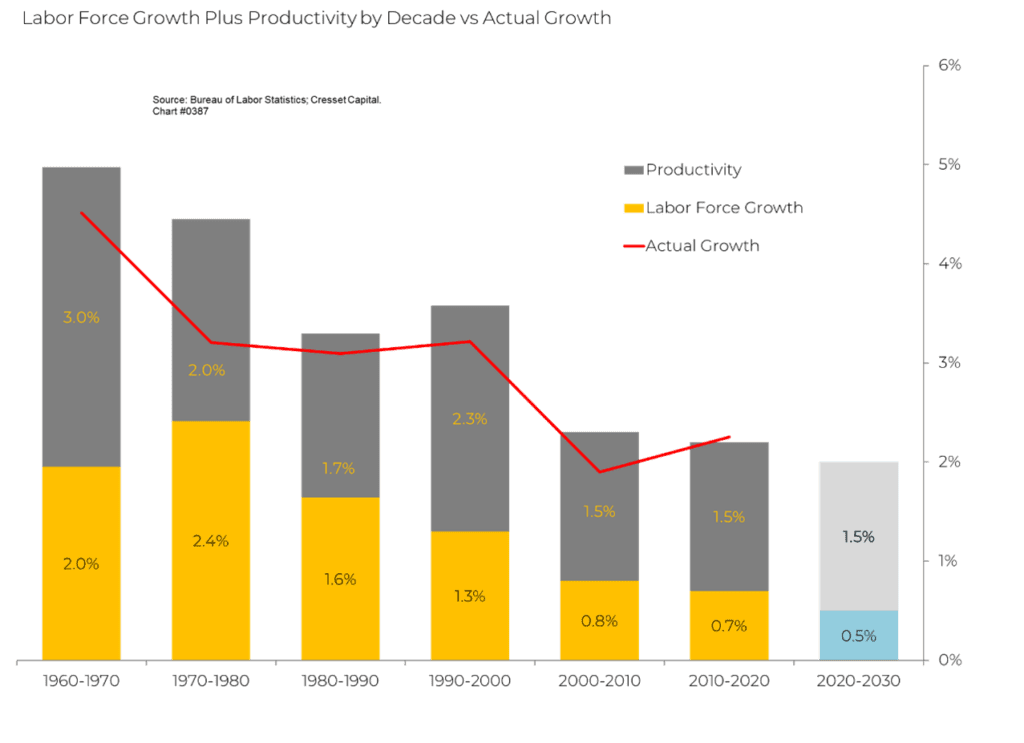1.11.2024 Artificial Intelligence (AI) captured the imaginations of many of us in late 2022. Investments flooded into the sector, starting with infrastructure. Nvidia, the leading maker of powerful graphics processing semiconductor chips, saw its stock triple in response. Large tech beneficiaries, like Microsoft and Alphabet, also surged. Private investors funneled $27 billion into AI startups last year, according to data from Pitchbook. As we enter 2024, investors are assessing the impact AI will have on companies hoping to leverage the technology. Here we take a drone’s-eye view of the sector to put it in a larger perspective.
Large companies with troves of internal data, like credit card companies and banks, will likely see near-term benefits. But because smaller companies don’t have mature data capabilities, or they don’t own their own data, AI’s benefits to them are limited. Spending on AI will likely be slow to gain traction. IT consultancy Gartner expects that spending on generative AI totaled no more than $20 billion, or about 0.5 per cent of total global IT spending, in 2023. For comparison, IT buyers likely will have spent five times that amount on data security in 2023. Analysts expect that, like the early internet, AI will initially be packaged in free services, paid for by online advertising.

AI is software, but its capabilities have been expanding like the density of transistors on a microchip as described by Moore’s Law, doubling every 18 months. ChatGPT-4, the latest version, is acing human certification exams with which ChatGPT-3.5 had difficulty. ChatGPT-4 ranked in the 90th percentile of the Uniform Bar Exam while ChatGPT-3.5 ranked in the 10th percentile. Moreover, according to Business Insider, GPT-4 had a shot at passing the CFA exam, a test in which last year’s CFA Level pass rate was 35 per cent. Perhaps your next wine encounter at your favorite fine dining restaurant will have an electronic interface – the highly coveted wine sommelier exam, which is notoriously difficult for aspiring connoisseurs, was no challenge for GPT-4.
Early research suggests productivity gains from AI adoption will be impressive. A Stanford study conducted last year found average call center productivity rose by 14 per cent for those workers who used the technology. For workers with the lowest skill levels, the gains averaged 35 per cent. Research by McKinsey Global Institute concluded that generative AI could add up to $4.4 trillion annually to the global economy, in other words more than four per cent incremental growth on total world GDP of $105 trillion. It could potentially boost productivity by saving 60-70 per cent of workers’ time through automation, according to the report.
From a policy perspective, we stand at a crossroads, similar to the one we faced in the early 1980s with globalization. And the repercussions are also similar: while AI stands to benefit the global economy and improve living standards, this comes potentially at the expense of a significant segment of the workforce. From the early 1980s through the 2010s, globalization helped lift nearly two billion people from abject poverty toward the middle class. Economies grew with little or no inflation, and productivity expanded. Productivity accounted for nearly 75 percent of US real GDP growth between 1980 and 2010.
However, those benefits to many in the developing world came at a significant cost to many workers in the developed world. Since the height of globalization in 1990, labor efficiency rose by 84 per cent, but real hourly compensation increased by only 56 per cent, according to a New York Times report. At the same time, the negative ripple effects of the efficiencies of outsourcing were borne by 8 million US manufacturing workers and millions of others throughout the developed world. While analysts are confident that generative AI will dramatically change how we work and live, the question remains whether workers will enjoy the productivity benefits and increase their leisure time, or will productivity gains gravitate to the employers to boost their profits? Many worry that AI could be massively disruptive, having the potential to erase middle-class jobs.

This time might be different. In the early 1980s, the workforce was expanding at a 1.6 per cent annual rate as the tail of the Baby Boom wave graduated from college. Nowadays, we estimate our labor force is growing at 0.5 per cent annually as Baby Boomers trade their briefcases for beach bags. Productivity, another key ingredient in potential GDP growth, has expanded at 1.5 per cent annually since 2000. This suggests that, without a productivity boost from AI, US potential GDP growth is only about two per cent – its lowest level in modern history. A one percentage point productivity boost, similar to the level enjoyed in the 1990s, could boost US potential growth to three per cent, its highest level in more than 20 years.

Bottom Line: Analysts estimate generative AI will raise global GDP by $7 trillion and lift productivity growth by 1.5 per cent over the next 10 years. AI technology holds the promise of tremendous benefits to our economy, through higher productivity, personalized medicine, robotics, and more efficient energy use. The 100 years between 1870 – independent rural housing without running water or electricity – and 1970 – jet aircraft and digital processing – witnessed the fastest improvement in innovation and living standards the world had ever seen. Between 1920 and 1970 productivity expanded at a 2.8 per cent annualized rate. Since then, the proliferation of personal computers, the internet and smartphones has boosted productivity and living standards. AI, however, could be the next important force driving growth in an environment in which productivity and labor growth have been declining. We expect the productivity gains to be shared by labor and capital, meaning AI implementation could enhance both wages and profits over time.

